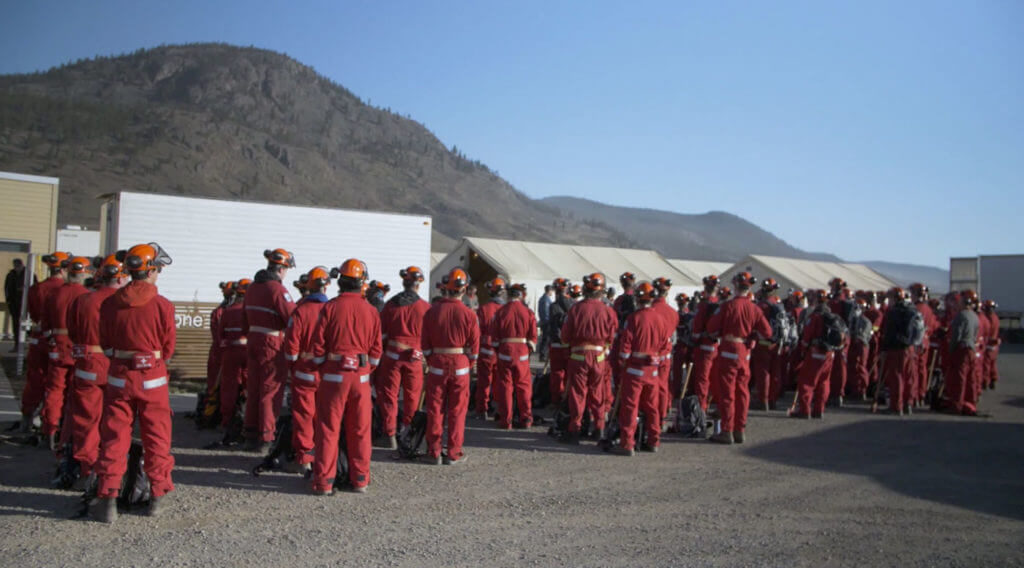Not all firefighters are trained the same. They are often skilled in either wildfire suppression or structural fires and not both. For the safety of communities situated in Wildland Urban Interfaces (WUI), having professionals trained in wildfire and structural-fire suppression can be the difference between an in-control or out-of-control emergency.

Cross-training focuses on sharing the necessary knowledge needed to address both types of fires. These courses focus on equipment, practical skills, fire behaviour, communications and various other firefighting tactics. FireSmart cross-training enables specialized firefighters from one discipline to gain the basic skills of the other discipline.
Making sure your local firefighters are trained to work together for both types of fires can help wildfire-prone communities handle and contain emergency situations better. For wildfires, FireSmart offers basic training, fireline supervisory training and advanced training.
These various levels equip firefighters to handle fires by establishing proven emergency response programs that can be efficiently implemented in the event of a wildfire—or a structural fire that could potentially spread into wildland.
FireSmart also offers training programs that go beyond the classroom. These courses provide simulation exercises, so firefighters from both disciplines are ready to work together in real-world emergencies.
The B.C. Government offers training resources to fire departments in need of cross-training, but this is just one component of becoming a FireSmart Community. People like you can make the next steps to ensure all agencies involved in wildfire response are prepared in your area. Click here to apply for FireSmart certification and make your community a safer place to call home.
